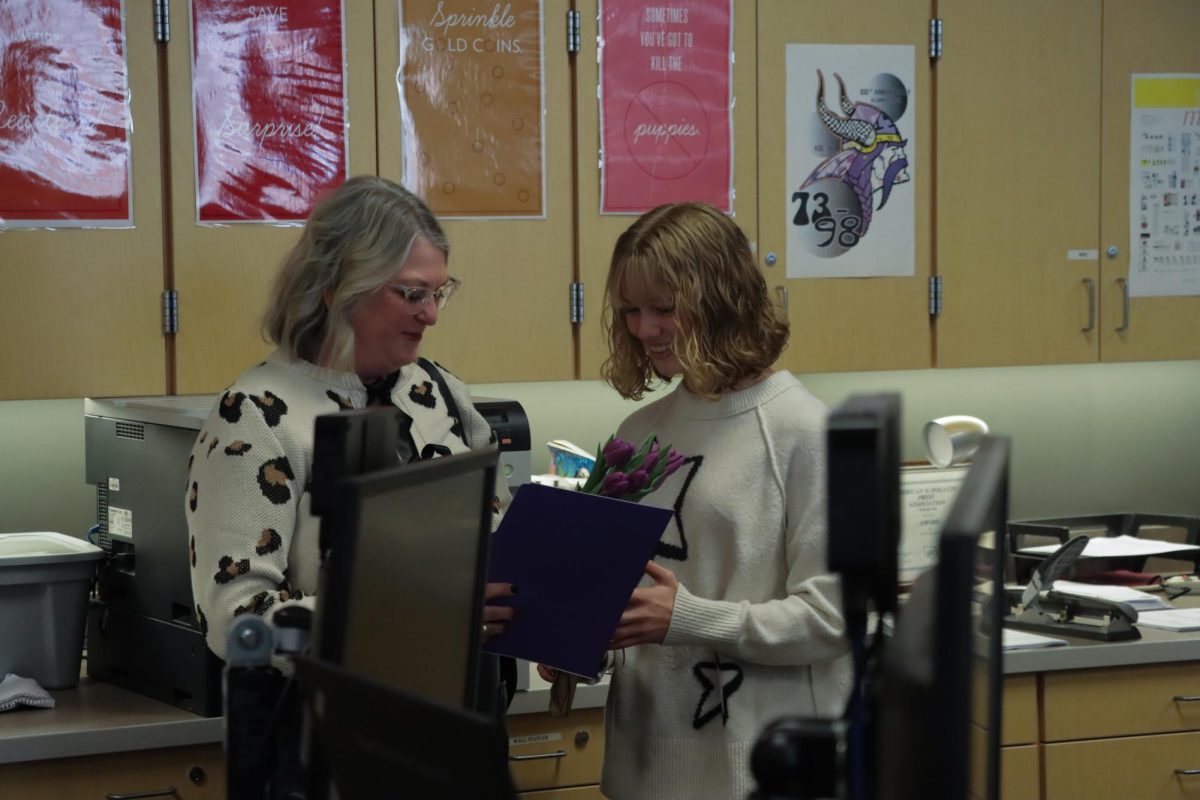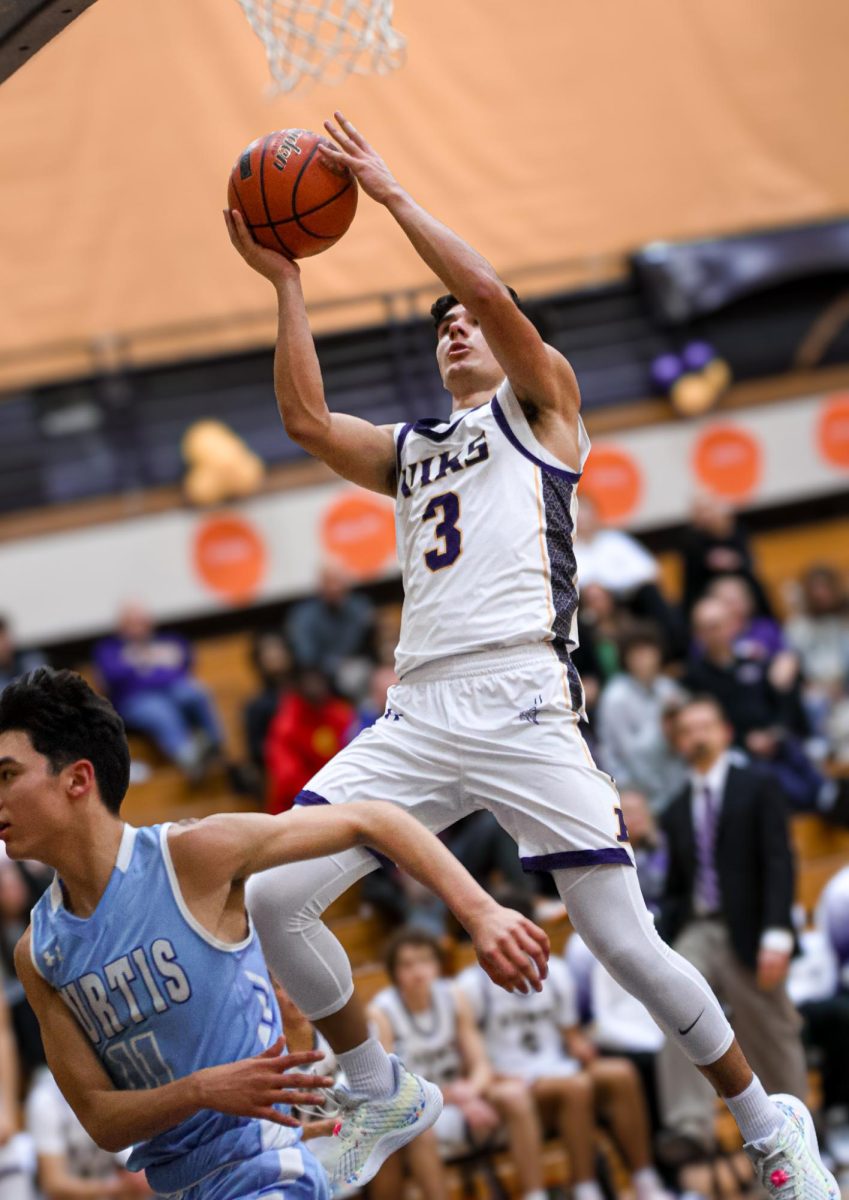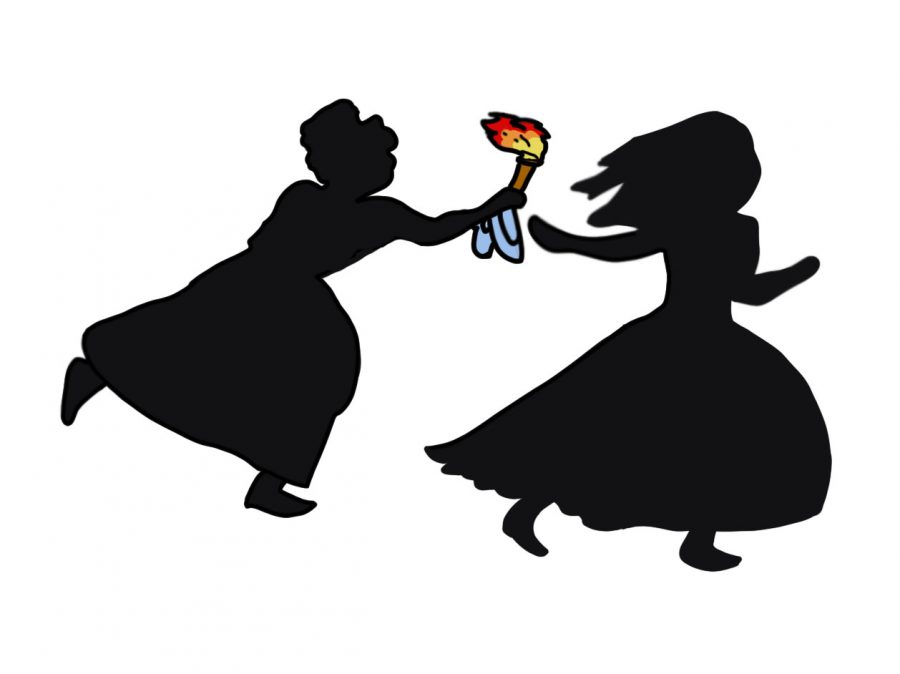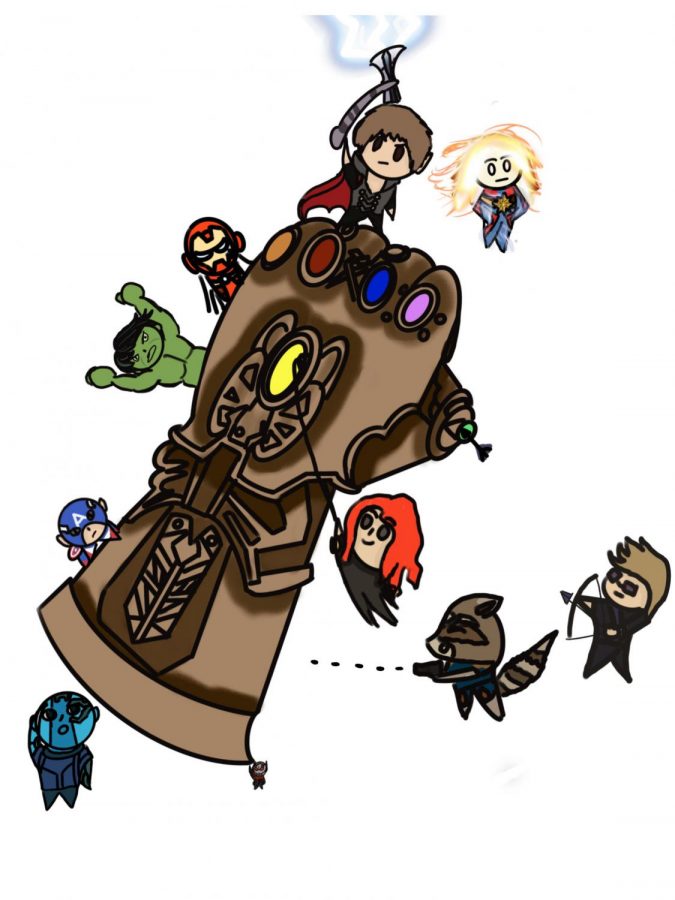Sophomore Victoria Cartwright has been blind for six years. She wants to tell her story and help people understand how to interact with a blind person.
Legal blindness is a level of visual impairment defined by law to determine eligibility for disability benefits, according to All About Vision, an organization that supports the efforts of optometrists.
For Cartwright, her vision is a little bit simpler to understand. For Cartwright her vision is a little simpler to understand.
“If you close your eyes and see black that’s what it looked like,” Cartwright said.
Cartwright’s journey started in the middle of fourth grade when she began having symptoms and throwing up. Her mom decided it was time to go to her pediatrician.
“In fourth grade I had to leave halfway through the year because I started throwing up every morning. My pediatrician told my mom to take me to the emergency room,” Cartwright said.
After going to the emergency room, the doctors ran some tests and discovered Cartwright had a brain tumor.
“They put me in surgery to get the tumor removed. They could remove about 95 percent of it and found out it contained cancer. About two days after, I needed a shunt,” Cartwright said.
A shunt is a small passage which allows movement of fluid from one part of the body to another according to MedicineNet.
When Cartwright woke up from the surgery for the shunt she says she realized something was wrong.
“I could see before I had surgery but when I woke up I saw all black. I thought I didn’t open my eyes. When I blinked that’s when I realized I couldn’t see,” Cartwright said.
Cartwright says this news was difficult to take in for the whole family. It was devastating to know her world would change.
“I started crying and my mom was asking me what was wrong. We were all really worried and I was totally devastated.,” Cartwright said.
Cartwright said although blindness has affected her family so deeply, they are still close and have faith as well as hope.
“I’m believing that one day God will bring back my sight and this is his plan. I really love my family and I love them for helping me get through my challenges,” Cartwright said.
Not being able to visually see what is going on can make learning hard. Cartwright says after years she got use to it.
“It can be very tough because I can’t see what my highschool life is like. I can’t see what my friends look like, I can’t see what my mom looks like. I can’t understand everything but after six years you get used to it,” Cartwright said.
Being blind, Cartwright must re-learn certain aspects of her life and figure how to do new things.
”I have a few teachers that help me learn braille and anything important that I will need in order to be a blind student. It’s hard but I am able to regain the skills that I used to have,” Cartwright said.
Braille is something Cartwright says she enjoys. She says braille should be a language like ASL but they don’t classify it as one.
Education is important to Cartwright and she sees her future now as a sophomore.
“I would like to go to a university after I graduate high school and become an author or actress and continue making a change in the world,” Cartwright said.
If you want to talk to a blind person the first step is going up to them and making yourself known. Cartwright says it is okay if people are nervous when trying to talk to a blind person.
“It can be very nerve-wracking for people that have never met a blind person because they’re not really sure how to interact with a blind person. It’s understandable,” Cartwright said.
Cartwright has advice for anyone who might want to talk to or ask questions to a person that is blind. Approaching them is the biggest step.
“If you don’t know their name calmly approach them and say hi my name is so-and-so. They might not hear you depending on where you are. If they don’t respond put your hand on their arm or shoulder and that will get their attention.That way they will know someone is trying to talk to them,” Cartwright said.
No one should be afraid of helping a blind person. Cartwright makes it easy to understand how to help them.
“Look at their body language. Every blind person is different. Their actions might seem confused, they might be walking back and forth or turning their head. They might be headed towards something they can’t see,” Cartwright said.
Cartwright may be blind but she says she doesn’t let that stop her from being herself and working to help others feel comfortable around people that are blind.
“If anyone wants to know how to interact with a blind person they can just go ahead and ask me,” Cartwright said.




